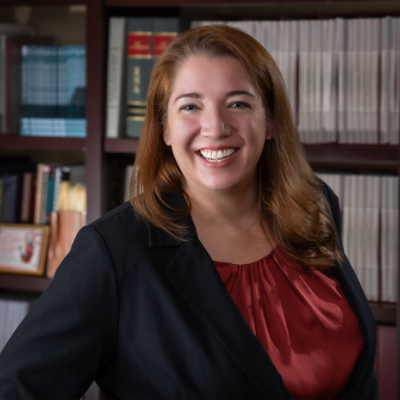DISCLAIMER: Congress passed a new federal Act on June 3, 2020, that extends the loan forgiveness period. If signed by the President, this Act will modify the guidance previously issued on PPP loan forgiveness. The attorneys at Gunderson, Palmer, Nelson & Ashmore, LLP are reviewing this new Act and will provide an update in the near future.
PAYMENT PROTECTION PROGRAM LOAN FORGIVENESS
The Coronavirus Aid, Relief, and Economic Security (CARES) Act was signed by President Trump on Friday, March 27, 2020. The Payment Protection Program (PPP) is a provision of the CARES Act that permits small businesses to obtain low-interest loans before June 30, 2020, as a result of the economic downturn due to the COVID-19 pandemic. Certain expenses paid with PPP loan proceeds are eligible for forgiveness. This is a summary of the loan forgiveness program and guidelines provided by the SBA as of May 27, 2020.
The Congressional response to the COVID-19 coronavirus is continuing to develop and change as new challenges emerge. This is a summary of only a portion of the law and guidelines as of May 27, 2020. Every situation is different. Please consult with counsel to determine how these changes may impact you.
Expenses Eligible for Loan Forgiveness
Two types of expenses are eligible for loan forgiveness: payroll costs and nonpayroll costs.
Payroll costs. Certain payroll costs are eligible for loan forgiveness if they were incurred during a certain time period. The SBA and Congress have provided varying time periods that may be used to determine loan forgiveness. Please consult with your advisor to determine which time period is most beneficial for your business.
Nonpayroll costs. Specified nonpayroll costs may be eligible for loan forgiveness.
Loan Forgiveness Reductions
The SBA has defined provisions to reduce a borrower’s loan forgiveness.
Workforce reduction. Employers who have reduced their workforce may not be able to receive forgiveness for all of their eligible expenses. The reduction is based on a reduction in full-time equivalent employees (FTE). The amount of loan forgiveness is reduced by the percentage decrease in the average number of FTE employees.
Not all employees are included in the FTE calculation. Please consult with counsel to determine which employees need to be included and which may be excluded from the FTE calculation.
The SBA has provided specific exceptions to the FTE workforce reduction provision. These include the following:
- Good-faith written offer to rehire that was rejected. To qualify for this exception, the employer must follow specific requirements.
- Fired for cause
- Voluntarily resigned
- Voluntarily requested and received a reduction in their hours
If you have questions about whether any of these exceptions apply to your business, please consult with counsel.
The SBA has also provided a Safe Harbor if the borrower restores FTE levels to the levels during the pay period that included Feb 15, 2020. If this Safe Harbor applies, the borrower will not be required to reduce the amount of loan forgiveness due to a workforce reduction.
Salary/hourly wage reduction. This provision applies to employers who have reduced wages for individual employee by more than 25% as compared to the Jan 1, 2020 – March 31, 2020 time period.
The SBA has provided a Safe Harbor conditioned on restoring an employee’s wage to a pre-determined level
If the conditions are met, then the Safe Harbor applies and the borrower will not have to reduce the amount of loan forgiveness due to a reduction in an employee’s wages.
SBA Review of Loan Applications
In guidance released May 22, 2020, the SBA clarified that it may review any loan it “deems appropriate.” The SBA will review loans to determine (1) borrower eligibility, (2) correct loan amounts and use of proceeds, and (3) correct loan forgiveness amounts. The SBA may use its discretion to review a loan for reasons other than those listed.
Borrowers must retain documentation supporting loan forgiveness for 6 years after either the date the loan is forgiven or the date the loan is repaid in full.
Lisa K. Cagle has provided the summary above. Please reach out to Lisa or other attorneys at our firm with any further questions.
A previous summary can be found here.


